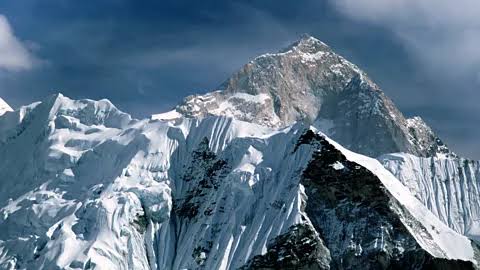INTERNEWSTIMES.COM – The iconic Mount Everest, towering over 8,849 meters (29,032 ft) above sea level, holds the title of the world’s tallest mountain. But while Everest is a giant, it’s also a growing giant, slowly inching higher each year. This raises a fascinating question: will Everest ever stop reaching for the sky?

Everest, along with the entire Himalayan range, is constantly pushed upwards by tectonic forces. The Indian subcontinent is still colliding with Asia, slowly but relentlessly pushing the land upwards. This geological process, however, is not a smooth, steady ascent.
“The Himalayas are very dynamic,” explains Aurora Elmore, a geologist who has worked on expeditions to Everest. “The mountains are constantly being uplifted and eroded, which can make it difficult to determine exactly how much they are growing.”
While Everest might be getting taller, it’s also being eroded by wind, ice, and water. The balance between these forces determines whether Everest grows taller or shrinks, and how quickly. Scientists are still trying to understand this complex interplay.
One thing is certain: Everest is not alone in its quest for altitude. Ten of the world’s 14 peaks exceeding 8,000 meters (26,247 ft) can be found in the Himalayas, making it a region of unparalleled mountain grandeur. These peaks, like Everest, are subject to the same forces of uplift and erosion, creating a dynamic landscape that continues to evolve.
The exact rate at which Everest grows is difficult to pinpoint, but it’s clear that this iconic mountain is far from static. It’s a testament to the Earth’s dynamic nature, a constant reminder that our planet is a living, breathing entity, constantly shaping and reshaping itself. So, while Everest may hold the title of “world’s tallest mountain” for now, the question of how much higher it can reach remains a mystery, a captivating enigma that keeps scientists and adventurers alike captivated. (Red)























